Bigcypresshunter
Gold Member
- Dec 15, 2004
- 27,000
- 3,338
- Detector(s) used
- 70's Whites TM Amphibian, HH Pulse, Ace 250
- Primary Interest:
- Beach & Shallow Water Hunting
Last edited:
Im sorry if I misunderstood you, I seriously am. . But one post you are apologizing and the next post you seem to be chastising me with words like "told you" and "OBVIOUSLY" in caps. Yes I found an object in the case and had it IDed here http://www.treasurenet.com/forums/what/506776-what.html as a nut extender. Thats old news and maybe you thought I missed it, so you get a pass with the I "told you" stuff..BCH, not a wild a$$ guess. The nut extender and the high bridge are only used in a lap steel set up. This brings the strings higher so the the slide/bar does not push the strings down and touch the frets. Also, everybody and I mean everybody were playing lap steel guitars in the time frame of your guitars manufacture. The first electric guitars were lap steels. If you couldn't afford an electric lap steel and amplifier, or you liked the accoustic version, you could convert a normal guitar with a steel nut extender and sometimes a higher bridge.
I had already asked this question, and releventchair asked again, is it possible this was custom built?
Also, a V neck would prevent playing in a standard method. Not only awkward, but painful after a short time playing.

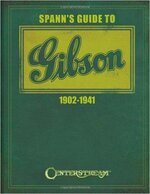
Truthfully I havent played since the 70s and Im not going to now. I purchased it simply for profit. Should I feel bad about profitting from a Goodwill store? They put the price on it, not I. ....I paid what they were asking.
Do you think this is the original case? I think its cardboard.
Ill make a donation when I get a chance.


When the Strat was introduced the neck was a V-shape and was later changed to a C-shape because of player feedback to Fender asking for a more comfortable neck shape. That change alone created a lot of different opinions about neck shape for the Stratocaster. I’m sure you’ve heard people say “Nothing plays like those old 50’s Fender Stratocasters!” Part of the reason for the difference in playability is the fact that that 50’s Strats had a V-shape neck.
Im reading that the KHG-11 Hawaiian model came with a factory high nut and the nut on mine is very low. I believe I also have the non Hawaiian saddle because my saddle is curved. (see saddle pics below) http://steelguitarforum.com/Forum2/HTML/009324.htmlBCH, glad you removed the 'Solved'. I hope you can truly find the ID of that guitar.
I would like to see the outcome, but I think it is probably a factory 'Frankenstein' or custom made since it has been so hard to identify.
QUOTE FROM ABOVE LINK: It's a 1930's Hawaiian model made to be played lap style with a higher nut and saddle (which is straight) than the KG-11 and it is 12 frets to the body.
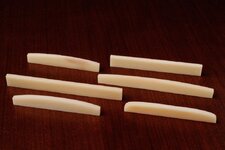
...Kalamazoo's were Gibson's cheaper line of guitars. The Spanish style KG-11 and KG-14 guitars that I have seen are all 14 fret guitars. The guitars have Mahogany back and sides with a spruce top and are ladder braced.
Retrofret - Kalamazoo KHG-14 Flat Top Acoustic Guitar (1936) - Brooklyn, NYThis originally Hawaiian guitar has been beautifully converted for Spanish style play; The neck has been reset, the original bridge re-worked with a compensated saddle and the nut lowered,
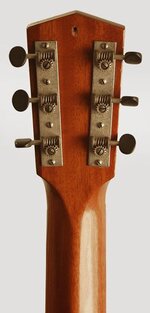
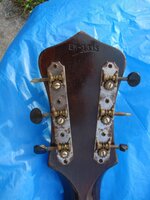
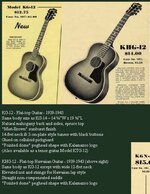
LOL Im tired. Ill check it again tomorrow. But I think I solved it.I may have found the answer...maybe.
Sounds promising.

Never say never with Gibson, especially the Kalamazoo's. Lot's of interesting/weird hybrids out there.
Kalamazoo / Gibson 1940 KG 12
Made in the USA in 1940
Sunburst color looks great / No breaks or cracks / There is a hump behind the bridge
Action is high and can be brought down on the bridge
Neck is straight considering the age / frets look excellent
A true great sounding vintage instrument
3 lbs 2 oz / Great feeling V neck
